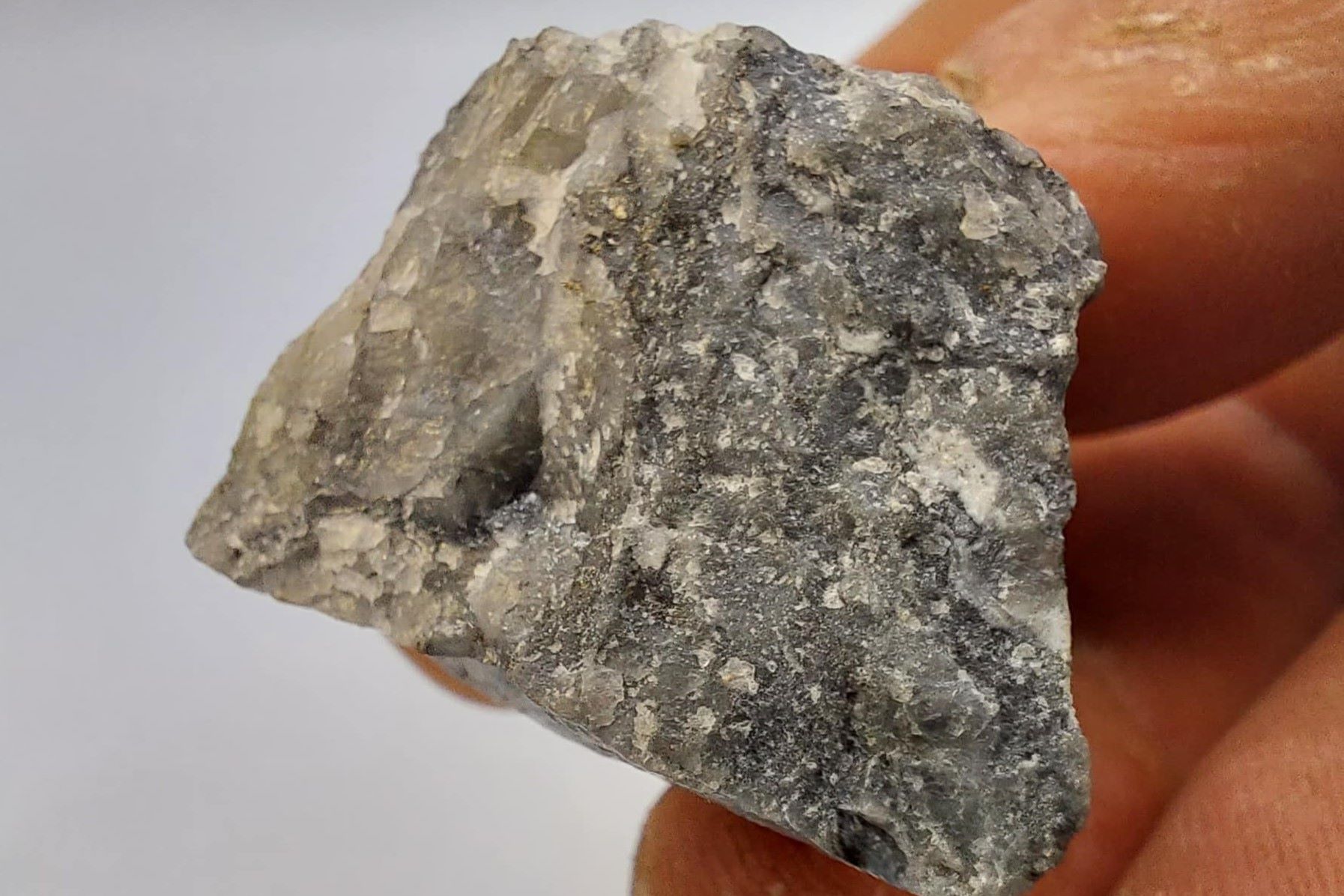
Aurostibite is a rare mineral that combines gold and antimony, forming a unique and intriguing substance. Found in hydrothermal veins and often associated with other minerals like pyrite and arsenopyrite, it has a metallic luster and a distinct yellow color. Aurostibite is not just a pretty face; it has significant scientific and industrial value. Its unique properties make it a subject of study for geologists and mineralogists. Whether you're a budding scientist, a seasoned geologist, or just curious about the natural world, these 30 facts about Aurostibite will provide a deeper understanding of this fascinating mineral.
Key Takeaways:
- Aurostibite is a rare mineral made of gold and antimony, found in hydrothermal veins. It has a unique metallic luster, and is often discovered in Canada, South Africa, Russia, and Australia.
- Despite its rarity, aurostibite has scientific, cultural, and historical significance. It is used in scientific research, mineral collections, and even some jewelry. It symbolizes wealth and prosperity in certain cultures.
What is Aurostibite?
Aurostibite is a rare mineral composed of gold and antimony. It has a unique metallic luster and is often found in hydrothermal veins. Here are some fascinating facts about this intriguing mineral.
-
Chemical Composition: Aurostibite's chemical formula is AuSb2, indicating it contains gold (Au) and antimony (Sb).
-
Crystal System: It crystallizes in the cubic system, which means its crystals are symmetrical and often form cubes or octahedrons.
-
Color: This mineral typically appears silver-white or steel-gray, giving it a distinct metallic look.
-
Hardness: On the Mohs scale, aurostibite has a hardness of 3, making it relatively soft compared to other minerals.
-
Specific Gravity: It has a high specific gravity of around 9.98, meaning it is quite dense.
Where is Aurostibite Found?
Aurostibite is not commonly found and is considered a rare mineral. Its occurrences are usually linked to specific geological settings.
-
Primary Locations: Significant deposits have been found in Canada, particularly in the Yellowknife region of the Northwest Territories.
-
Other Locations: It has also been discovered in South Africa, Russia, and Australia.
-
Geological Settings: Aurostibite is typically found in hydrothermal veins, often associated with other gold-bearing minerals.
-
Mining: Extracting aurostibite is challenging due to its rarity and the specific conditions required for its formation.
-
Associated Minerals: It is often found alongside minerals like stibnite, pyrite, and arsenopyrite.
Uses and Applications of Aurostibite
Despite its rarity, aurostibite has some interesting applications, particularly in scientific research and mineral collections.
-
Scientific Research: Researchers study aurostibite to understand the formation of gold-antimony deposits.
-
Collectors: Mineral collectors highly prize aurostibite due to its rarity and unique properties.
-
Jewelry: Although not common, some jewelers use aurostibite in unique, custom pieces.
-
Industrial Use: Its industrial applications are limited due to its scarcity and the difficulty of extraction.
-
Educational Purposes: Universities and museums often use aurostibite samples for educational displays and research.
Physical and Chemical Properties
Aurostibite's physical and chemical properties make it a subject of interest for geologists and mineralogists.
-
Luster: It has a metallic luster, making it shiny and reflective.
-
Cleavage: Aurostibite exhibits poor cleavage, meaning it does not break along well-defined planes.
-
Fracture: When broken, it has an uneven fracture, contributing to its unique appearance.
-
Magnetism: This mineral is non-magnetic, which helps in its identification.
-
Solubility: Aurostibite is insoluble in water, adding to its stability in various environments.
Historical and Cultural Significance
Aurostibite has a rich history and cultural significance, especially in regions where it is found.
-
Historical Use: In ancient times, people used minerals containing gold, like aurostibite, for ornamental purposes.
-
Cultural Importance: In regions like Yellowknife, aurostibite contributes to the local mining heritage.
-
Economic Impact: Although not a major economic driver, aurostibite mining has provided jobs and resources in certain areas.
-
Symbolism: Gold-bearing minerals like aurostibite often symbolize wealth and prosperity.
-
Folklore: Some cultures believe that minerals containing gold have protective and healing properties.
Identification and Testing
Identifying aurostibite requires specific tests and knowledge due to its rarity and unique properties.
-
X-ray Diffraction: This technique helps identify the crystal structure of aurostibite.
-
Spectroscopy: Scientists use spectroscopy to analyze its chemical composition.
-
Microscopic Examination: Under a microscope, aurostibite's unique crystal habits become apparent.
-
Hardness Test: Testing its hardness can help distinguish it from other minerals.
-
Density Measurement: Measuring its specific gravity can confirm its identity due to its high density.
The Fascinating World of Aurostibite
Aurostibite, a rare and intriguing mineral, captivates with its unique properties and historical significance. Found in hydrothermal veins and often associated with gold, this mineral's metallic luster and cubic crystals make it a collector's gem. Its composition of gold and antimony sets it apart, reflecting its name derived from Latin roots.
Understanding aurostibite's formation and occurrence helps geologists trace mineral deposits, aiding in mining explorations. Its rarity and distinct characteristics also make it a subject of study for mineralogists and enthusiasts alike.
Whether you're a geology buff or just curious about the natural world, aurostibite offers a glimpse into the Earth's hidden treasures. Keep exploring and who knows, you might stumble upon more fascinating facts about the minerals that shape our planet.
Frequently Asked Questions
Was this page helpful?
Our commitment to delivering trustworthy and engaging content is at the heart of what we do. Each fact on our site is contributed by real users like you, bringing a wealth of diverse insights and information. To ensure the highest standards of accuracy and reliability, our dedicated editors meticulously review each submission. This process guarantees that the facts we share are not only fascinating but also credible. Trust in our commitment to quality and authenticity as you explore and learn with us.


